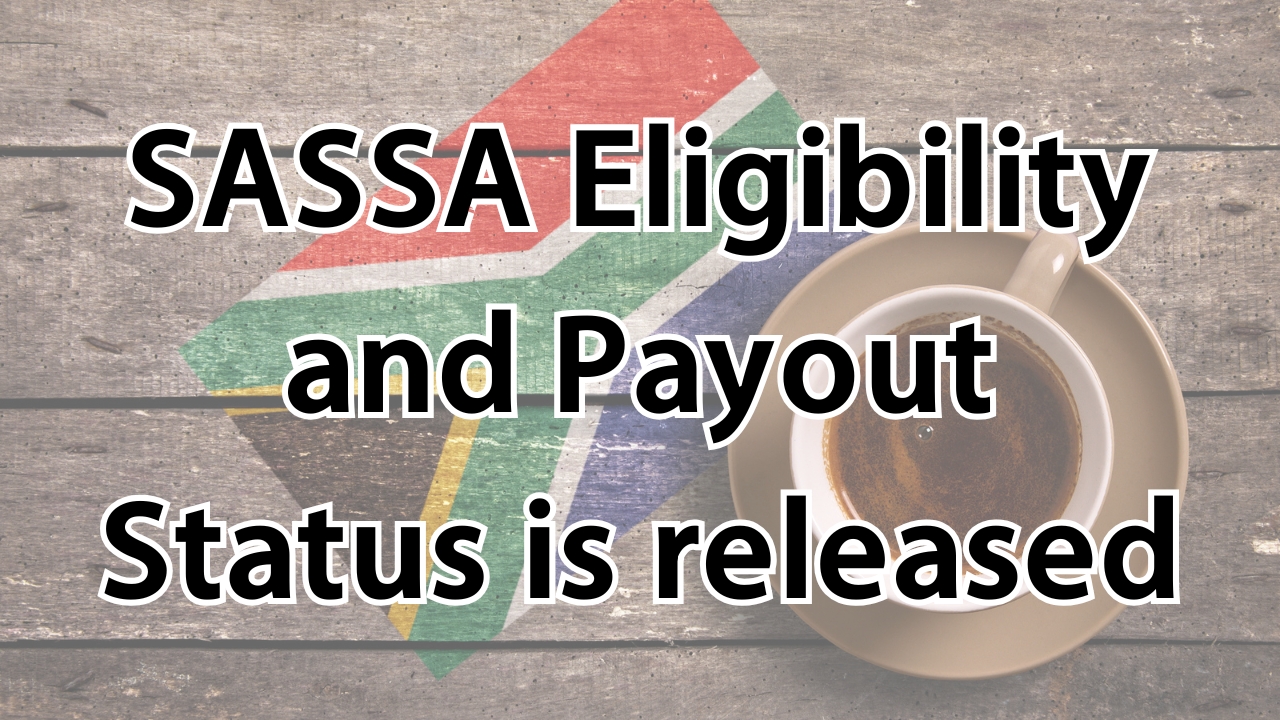Social Security Payment : Headlines claiming a “$1,999 New Social Security Payment” are spreading across social media, leaving millions of beneficiaries confused and hopeful. But what’s the real story behind this number, and what can Social Security recipients actually expect in 2025?
The truth is less exciting but still important. The $1,999 figure isn’t a new payment or bonus – it’s simply the average monthly Social Security retirement benefit.
Understanding what’s really happening with Social Security in 2025 could mean the difference between false hope and smart financial planning.
The $1,999 Figure Explained
Recent data from the Social Security Administration reveals that the average retired worker received $1,999.97 in benefits in April 2025. This represents a milestone – the first time the average monthly benefit has crossed the $2,000 threshold.
But here’s what many don’t understand: this is an average, not a universal payment amount. Your actual benefit depends on your lifetime earnings, when you started claiming benefits, and how long you worked.
Some retirees receive as little as a few hundred dollars monthly. Others who earned high incomes and delayed claiming until age 70 can receive over $5,000 per month.
The $1,999 figure simply represents the mathematical average of all retirement benefits being paid.
This average increased from $1,927 in 2024 due to the annual cost-of-living adjustment. It’s not a new program or special payment – it’s the regular monthly benefit adjusted for inflation.
The Real Changes Coming in 2025
While there’s no magical new $1,999 payment, several legitimate changes are affecting Social Security beneficiaries in 2025.
The 2.5% cost-of-living adjustment (COLA) took effect in January 2025. This translates to an average increase of about $50 per month for retirees. Not life-changing, but helpful for covering rising costs.
The earnings limit for workers under full retirement age increased to $23,400. If you earn more than this while collecting early benefits, Social Security withholds $1 for every $2 earned above the limit.
For those reaching full retirement age in 2025, the earnings limit jumped to $62,160. The withholding is less severe here – $1 for every $3 earned above this amount.
Medicare Part B premiums rose to $185 monthly, eating into the COLA increase. Since these premiums are deducted directly from Social Security checks, many beneficiaries see minimal net increases.
Who’s Getting Special Payments
While there’s no universal new payment, some beneficiaries are receiving significant increases due to the Social Security Fairness Act.
This landmark legislation eliminated the Windfall Elimination Provision (WEP) and Government Pension Offset (GPO) that reduced benefits for public servants. Over 3.2 million teachers, firefighters, police officers, and federal employees are affected.
Retroactive payments began in February 2025, covering benefits back to January 2024. The average retroactive payment exceeded $6,700, with some receiving much more.
Monthly benefits for affected individuals increased substantially. Some report jumps of several hundred dollars per month – real money that makes a difference.
These payments are automatic for those already receiving benefits. No application or claim process is needed if you’re already in the system.
Understanding Your Actual Benefit Amount
Your Social Security benefit is unique to your work history. Several factors determine how much you receive each month.
The SSA calculates benefits based on your 35 highest-earning years. If you worked fewer than 35 years, zeros are averaged in, reducing your benefit.
Your age when claiming matters enormously. Claiming at 62 versus 70 can mean a 76% difference in monthly benefits. A $1,000 benefit at 62 becomes $1,760 at 70.
Full retirement age varies by birth year. For those born in 1960 or later, it’s 67. Claiming before this age permanently reduces benefits.
Spousal benefits can provide up to 50% of the higher earner’s benefit. Survivor benefits can be up to 100% of the deceased spouse’s benefit.
How Benefits Are Calculated
The Social Security formula is complex but follows predictable rules. Understanding it helps set realistic expectations.
First, the SSA adjusts your historical earnings for inflation. This ensures earnings from decades ago are fairly compared to recent wages.
They calculate your Average Indexed Monthly Earnings (AIME) using your 35 highest-earning years. This becomes the foundation for your benefit calculation.
The Primary Insurance Amount (PIA) formula applies “bend points” that favor lower earners. The first $1,174 of AIME is multiplied by 90%, the next $5,904 by 32%, and amounts above by 15%.
This progressive formula means Social Security replaces a higher percentage of earnings for lower-income workers. It’s designed as a safety net, not a complete retirement solution.
Payment Schedules and Timing
Understanding when payments arrive helps with budgeting and planning. The schedule follows predictable patterns based on your circumstances.
If you’ve received benefits since before May 1997, payments arrive on the 3rd of each month. This grandfather clause rewards long-term beneficiaries with earlier payments.
For newer beneficiaries, payment dates depend on birth dates. Those born 1st-10th receive benefits the second Wednesday. 11th-20th get paid the third Wednesday. 21st-31st receive payments the fourth Wednesday.
Supplemental Security Income (SSI) always pays on the 1st, unless it falls on a weekend or holiday. Then payments arrive the prior business day.
Direct deposit typically posts midnight to 6 AM on payment dates. Paper checks take several additional days and face mail delivery uncertainties.
Common Misconceptions and Scams
The confusion around supposed “new payments” creates opportunities for scammers. Protecting yourself requires understanding legitimate SSA practices.
The Social Security Administration never calls about new payments or benefits. Phone calls demanding information or promising extra money are always scams.
Real benefit increases happen automatically. You don’t need to apply, register, or verify information to receive COLA increases or other adjustments.
The SSA communicates primarily through postal mail. Official notices arrive in distinctive envelopes with the SSA logo and return address.
Creating a my Social Security account protects against fraud. It prevents scammers from creating accounts in your name and redirecting benefits.
Never pay fees to claim Social Security benefits. Anyone charging for “special payments” or “secret programs” is running a scam.
Maximizing Your Legitimate Benefits
Instead of chasing mythical payments, focus on maximizing real benefits through smart strategies.
Delaying benefits past full retirement age adds 8% annually until age 70. This guaranteed return beats most investments for risk-free growth.
Working 35 years ensures no zeros in your calculation. Even part-time work in later years can boost benefits by replacing low-earning years.
Checking your earnings record annually catches errors early. Mistakes in reported earnings can significantly reduce benefits if not corrected.
Coordinating spousal benefits maximizes household income. The lower earner claiming early while the higher earner delays often works best.
Understanding taxation helps keep more benefits. Single filers under $25,000 and married couples under $32,000 pay no tax on Social Security.
State-Specific Considerations
Your location affects how far Social Security benefits stretch. Understanding regional differences helps with retirement planning.
Thirteen states tax Social Security benefits, reducing net income. Moving to tax-friendly states can effectively increase your benefit.
Cost of living varies dramatically. The average benefit goes much further in rural Arkansas than urban California.
Some states offer additional programs for seniors. Property tax freezes, utility discounts, and prescription assistance supplement federal benefits.
State-administered programs may affect SSI eligibility. Understanding interactions between benefits prevents costly mistakes.
Local senior centers provide free counseling on maximizing benefits. These resources help navigate complex rules without expensive advisors.
Future Outlook and Planning
Social Security faces well-documented challenges requiring eventual reform. Understanding likely changes helps with long-term planning.
The trust funds face depletion around 2033-2035 without Congressional action. This doesn’t mean benefits stop – payroll taxes would still fund about 80%.
Likely solutions include raising retirement ages, increasing payroll taxes, or reducing benefits for higher earners. Major changes typically phase in slowly.
The 2026 COLA projection sits around 2.3-2.4%, assuming inflation remains controlled. This would mean modest increases similar to 2025.
Political pressure makes drastic benefit cuts unlikely. However, younger workers should plan for potential changes affecting future benefits.
Diversifying retirement income remains crucial. Social Security was designed to supplement, not replace, retirement savings.
Getting Accurate Information
Reliable information sources protect against misinformation and scams. Knowing where to turn saves time and prevents costly mistakes.
The official SSA website (ssa.gov) provides comprehensive information. Create a my Social Security account for personalized benefit estimates.
Local SSA offices require appointments for most services. Call 1-800-772-1213 to schedule or ask questions.
The SSA’s online calculators estimate benefits under various scenarios. These tools help with claiming decisions and retirement planning.
Annual Social Security Statements show earnings records and benefit estimates. Review these carefully for accuracy.
Nonprofit organizations like AARP offer free resources and advocacy. Their guides explain complex rules in plain language.
Red Flags to Watch For
Identifying scam attempts protects your benefits and personal information. These warning signs indicate fraudulent activity.
Unsolicited calls about benefit increases or new programs. The SSA doesn’t make these calls.
Requests for Social Security numbers or banking information. The SSA already has this information for legitimate beneficiaries.
Threats of benefit suspension or arrest. Government agencies don’t operate this way.
Promises of secret programs or special payments. All legitimate programs are publicly announced and documented.
Pressure to act immediately. Scammers create false urgency to prevent careful consideration.
The Truth About Benefit Adequacy
The harsh reality is that Social Security benefits, even at $1,999 monthly average, barely cover basic expenses for many retirees.
The average one-bedroom apartment rent exceeds $1,500 monthly in many areas. Add utilities, food, and healthcare, and benefits quickly prove insufficient.
Social Security was designed to replace about 40% of pre-retirement income. Most financial advisors recommend replacing 70-80% for comfortable retirement.
The poverty rate among seniors would quadruple without Social Security. It keeps millions from destitution but doesn’t provide luxury.
Working longer, saving more, and planning carefully remain essential. Social Security provides a foundation, not a complete retirement solution.
Taking Action
Understanding the truth about Social Security payments empowers better decisions. Here’s what to do with this information.
Check your my Social Security account regularly. Verify earnings records and monitor for suspicious activity.
Calculate your optimal claiming age. Online calculators help compare lifetime benefits under different scenarios.
Consider working longer if possible. Even a few extra years significantly boost benefits and retirement savings.
Explore all available benefits. Many retirees miss spousal, survivor, or disability benefits they qualify for.
Stay informed about policy changes. Join advocacy groups if Social Security issues matter to you.
Social Security Payment The Bottom Line
There’s no new $1,999 Social Security payment coming. This figure simply represents the current average monthly retirement benefit.
Real changes in 2025 include the 2.5% COLA increase and significant improvements for those affected by WEP/GPO elimination. These aren’t new programs but adjustments to existing benefits.
Focus on understanding your actual benefits rather than chasing rumors. Knowledge about how Social Security really works serves you better than false hopes about magical payments.
The system faces challenges but continues functioning as designed. Planning based on reality, not wishful thinking, ensures better retirement outcomes for everyone.














